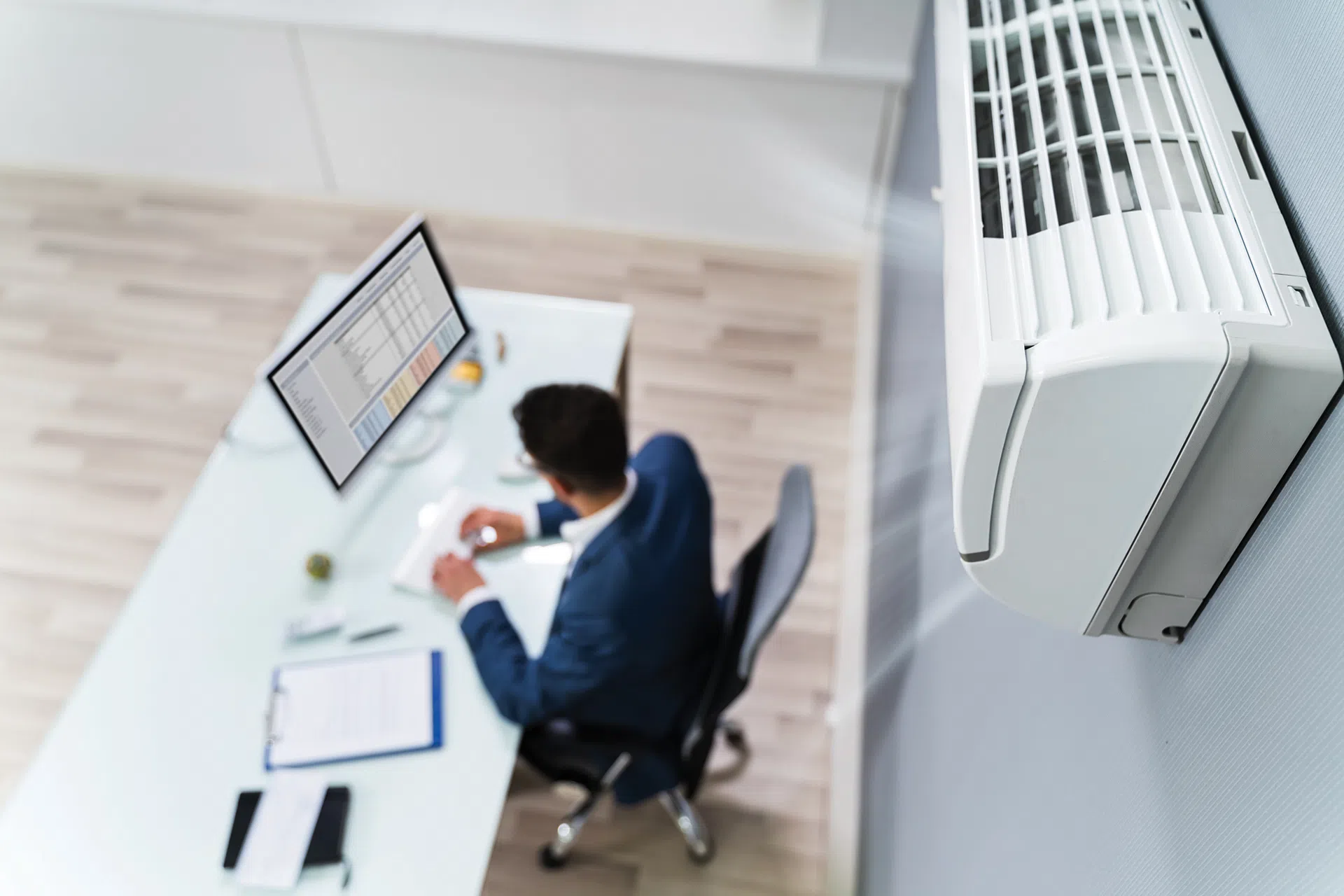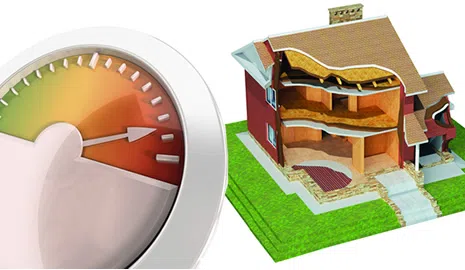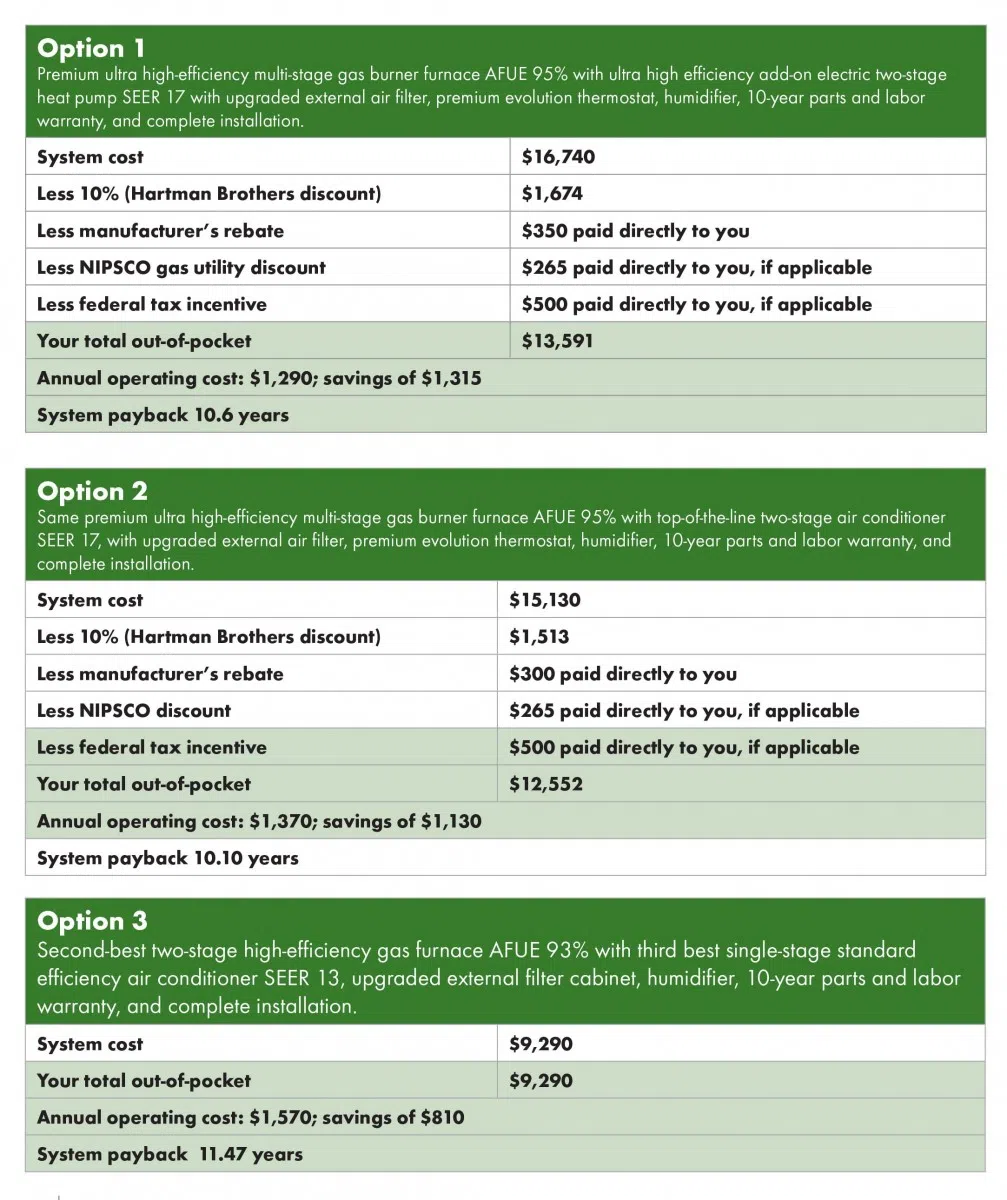With mortgage rates at a nearly 15-year high, and communities across the nation facing housing shortages, many homeowners are opting to stay in their current homes and invest in renovations that better fit their family’s current lifestyle. Among these projects, the 2022 American Home Comfort Study revealed that upgrading HVACR systems was highly ranked, with a focus on improving indoor air quality, increasing comfort, and reducing energy bills. These changing consumer needs provide contractors with an opportunity to upgrade customers to premium systems and add high-performance enhancements. When opportunities are leveraged successfully, contractors can increase revenue. But demonstrating performance, financial accessibility, and long-term value is key.
IAQ on the Rise
For many homeowners, COVID-19 has increased their understanding of how the air their family breathes can impact overall health and well-being. The American Home Comfort Study found that 65% of homeowners were willing to invest in methods to improve their indoor air quality (IAQ). While mitigating the spread of viruses remains top-of-mind, controlling dust, pet dander, and other allergens has become an equally important factor.
Although IAQ features are important to homeowners, a study by YORK® showed that 73% of homeowners have faced at least one barrier to improving their home's air quality, such as a lack of resources or know-how. Educating homeowners on their options and the effectiveness of air quality improvements could be the bridge necessary to enhance new systems and upgrade existing equipment with IAQ accessories.
MERV-11 or higher filters, energy recovery ventilators, humidifiers and dehumidifiers, and ultraviolet air treatment systems are all easy points of entry – especially during allergy and cold and flu seasons when the impacts of poor indoor air quality may be felt the most. Homeowners using stand-alone products such as single-room humidifiers or air purification systems will appreciate how a whole-home approach can increase air cleaning effectiveness and eliminate the ongoing maintenance required by single-room products. Additionally, understanding how IAQ enhancements help to enhance HVACR system life can serve as an advantage in demonstrating value.
Prioritizing Comfort
The American Home Comfort Study also revealed that some homeowners have indicated feeling inconsistent temperatures from room to room and are willing to spend up to 31% more on HVACR systems now than they were just three years ago if the system could provide a solution.
Zoning systems with advanced controls provide an opportunity for homeowners to upgrade the performance of existing or new systems and experience a more consistent level of home comfort. Zoning systems coupled with smart home technology provide customized temperature and humidity levels per zone. So, for example, a parent working from a basement office and a child attending virtual school from an upper-level bedroom can feel equally comfortable. Automated controls can be used to conserve energy in unused rooms, maintain preferences by zone and schedule away or vacation settings. Recent advancements allow many homeowners to upgrade to zoning systems without the need for extensive changes to existing ductwork when an open/closed damper is present.
Cost-Saving Systems
The International Energy Agency estimates that working from home could increase residential energy consumption by as much as 23%. Paired with a 13% increase in cost-of-living expenses over the past year, more homeowners than ever are looking for ways to save money. Sixty percent of homeowners said they were willing to invest in high-efficiency systems if they could lower their energy bills by just 25%.
Top-tier, variable capacity systems can be a key solution to reducing both energy consumption and utility costs. These premium systems can save homeowners as much as 50% on energy costs compared to lower-SEER models. In addition, a dealer can adjust modulation and blower performance based on the local climate to better balance outdoor temperatures with system usage.
High-end systems also incorporate advanced controls that further increase energy efficiency and provide contractor benefits, including a simplified installation process and remote monitoring and diagnostic capabilities. These features help to build the homeowner-contractor relationship after installation by providing long-term peace of mind.
Investing in Homeowner Knowledge Translates to Profitability
Homeowners are poised to invest in their home comfort systems, but education about performance and long-term value may still be required before they leap. While an understanding of IAQ and home comfort capabilities has increased among homeowners, many are unsure if these enhancements will be effective and they’re not sure where to get started. That’s where your knowledge is crucial to educate consumers.
Demonstrating performance and understanding individual needs is key to developing a homeowner’s trust.
Ask these pertinent questions:
• Are there pets or multiple generations living within the home?
• How are individuals using the home?
• Are they working remotely or homeschooling their children?
• Is anyone living with seasonal allergies, asthma, or other respiratory conditions?
Questions like these will make it easier to develop a customized solution that can increase perceptions of value and satisfaction.
Assessing whether upgrades can be made to an existing system or if a full replacement is necessary to meet a homeowner’s goals is also critical. Many newer-construction homes have been designed with base-level HVACR systems and limited features. This can provide an opportunity to improve comfort and increase IAQ without a complete system replacement.
When a new system is required, higher price points associated with premium systems may be a source of apprehension for some homeowners. Communicating how high-efficiency systems can reduce utility bills and maintenance expenses can help to illustrate long-term savings. Additionally, financing options, rebates, and federal programs such as the newly passed Inflation Reduction Act can help homeowners reduce up-front costs.
As lifestyles continue to evolve, homeowners remain reliant on the contractual relationship to provide insight and recommendations beyond what can be found online. Contractors who take a consultative approach and customize solutions based on changing lifestyle needs stand to gain improved homeowner confidence and increased profitability.
Tom Tasker is a senior product manager at Johnson Controls. In this role, Tasker is responsible for planning and executing the strategic direction for furnaces and controls. He has a bachelor’s in electrical engineering from Wichita State University and a master’s in business administration from the University of Kansas.
Footnotes:
1 Freddie Mac (Sept. 15, 2022) https://www.freddiemac.com/pmms?intcmp=CWS-HP
2 Decision Analysis (2022) American Home Comfort Study
3 Johnson Controls (Feb. 2, 2021) https://www.johnsoncontrols.com/media-center/news/pressreleases/2021/02/02/american-homeowners-placinggreater-focus-on-their-home-indoor-air-quality
4 Decision Analysis (2022) American Home Comfort Study
5 International Energy Association (June 12, 2020) https://www.iea.org/commentaries/working-from-home-can-saveenergy-and-reduce-emissions-but-how-much
6 U.S. Bureau of Labor Statistics and Move.org (Aug. 4, 2022) https://www.move.org/where-inflation-is-impactingliving-costs/
7 Decision Analysis (2022) American Home Comfort Study



